
Army of Thieves Review: Prequel to Army of the Dead
In the ever-expanding universe of Zack Snyder’s “Army of the Dead,” a new chapter has emerged with the release of “Army of Thieves,” a prequel film directed by and starring Matthias Schweighöfer. As a content creator, I recently had the opportunity to dive deep into this latest installment, and I’m excited to share my insights with you in this comprehensive blog post.
Establishing the “Army of the Dead” Cinematic Universe
Before we delve into the specifics of “Army of Thieves,” it’s important to understand the broader context of the “Army of the Dead” franchise. Zack Snyder’s 2021 film, “Army of the Dead,” introduced us to a world overrun by zombies, set against the backdrop of a daring heist in Las Vegas. The film’s success has paved the way for the expansion of this cinematic universe, with “Army of Thieves” serving as a prequel that explores the origins of one of the key characters from the original film.
The Netflix partnership has allowed for the establishment of a robust “Army of the Dead” franchise, including an animated series set to debut in 2022 and a planned sequel titled “Land of the Dead.” This level of commitment from a streaming giant like Netflix is a testament to the confidence they have in the potential of this universe to captivate audiences and become a long-lasting cinematic property.
This type of expansive franchise-building is a rarity in the current industry landscape, as traditional studios often require more immediate financial returns and audience reception before committing to such ambitious plans. The fact that Netflix and Zack Snyder have been able to forge this partnership and lay the groundwork for a cohesive “Army of the Dead” universe is a testament to their vision and willingness to take risks.
Exploring the Character of Dieter and His Heist-Filled Past
At the heart of “Army of Thieves” is the character of Dieter, played by Matthias Schweighöfer, who was first introduced in “Army of the Dead” as a skilled safecracker. In this prequel, the film delves into Dieter’s backstory, shedding light on his life and the events that led him to become involved in the high-stakes world of heists and robbery.
The film aims to consolidate Dieter’s character, providing insights into his past, his work, and the development of his exceptional skills in dealing with high-security safes.
Dieter is recruited by Gwendoline, portrayed by Nathalie Emmanuel, to participate in a sophisticated plan to steal from secure vaults across Europe, a task that proves to be much more challenging than initially anticipated.
The film explores two main fronts of analysis: the first being the attempt to gather more information about Dieter’s character and the backstory that the film seeks to establish, and the second being the evaluation of “Army of Thieves” as a prequel within the larger “Army of the Dead” franchise.
By delving into Dieter’s past, “Army of Thieves” provides an opportunity for viewers to better understand the character and his motivations, as well as his unique skill set that was so crucial to the events of “Army of the Dead.” This character-driven approach allows the film to expand the narrative and explore new facets of the “Army of the Dead” universe.
Balancing Franchise Connectivity and Standalone Storytelling
One of the key challenges in creating a prequel like “Army of Thieves” is striking the right balance between establishing its own compelling narrative and seamlessly integrating it into the larger “Army of the Dead” franchise.
The connection between “Army of Thieves” and the original “Army of the Dead” film is “very fragile and, to be honest, seems quite forced.” This suggests that the film may struggle to firmly establish its relevance and appeal within the broader franchise.
Additionally, “Army of Thieves” is “more of those films that propose the union of a group of talented people aiming to attack refined security schemes,” a trope that is common in heist-focused narratives. The concern is that the film may not do enough to differentiate itself and truly stand out within the genre.
The film “recycles several passages and tries to work with them differently, involving other characters,” which could be seen as a missed opportunity to truly expand the narrative and explore new territory.
However, there is an “interesting objective” in the film’s exploration of Dieter’s character and his subsequent involvement in “Army of the Dead.” This suggests that the prequel may still offer valuable insights and character development that can enhance the overall franchise experience for viewers.
Ultimately, the balance between standalone storytelling and franchise connectivity is a delicate one, and the success of “Army of Thieves” in this regard will likely be a key factor in determining its overall impact and reception within the “Army of the Dead” cinematic universe.
Evaluating the Directorial Approach and Stylistic Choices
As a prequel directed by Matthias Schweighöfer, “Army of Thieves” also presents an opportunity to analyze the filmmaker’s directorial approach and the stylistic choices that shape the overall viewing experience.
The influence of Zack Snyder, the director of “Army of the Dead,” is evident in Schweighöfer’s work, particularly in the way he handles the action sequences and utilizes slow motion to heighten the intensity.
Schweighöfer’s own directorial style is also noted, with his frequent use of comedy as a means of relieving tension and reducing the perceived level of risk involved in the heist scenarios.
However, some of the action sequences, especially those set in enclosed environments, fall short in terms of choreography and execution, leaving room for improvement in the film’s technical and visual aspects.
Schweighöfer’s directorial approach suggests a mixed bag, with both strengths and weaknesses in his handling of the material. While the Snyder influence is evident, Schweighöfer’s own comedic sensibilities may not always align seamlessly with the high-stakes heist narrative, potentially undermining the film’s ability to fully engage the audience and convey the gravity of the situations faced by the characters.
Nonetheless, Schweighöfer’s growing prominence as a director, with “Army of Thieves” representing a significant milestone in his career, suggests that there is potential for him to continue refining his craft and delivering more cohesive and compelling cinematic experiences within the “Army of the Dead” universe.
Exploring the Narrative Structure and Thematic Elements
Beyond the directorial aspects, the narrative structure and thematic elements of “Army of Thieves” offer insights into the film’s strengths and weaknesses in these areas.
The film attempts to juggle multiple narrative threads, including Dieter’s backstory, the heist planning and execution, and the introduction of new characters like Gwendoline. However, it struggles to provide adequate closure and context for some of these secondary storylines, leaving the viewer feeling unsatisfied.
The film’s exploration of the risks and high stakes involved in the heist operations falls short, with the narrative often opting for comedic relief or romantic subplots instead of fully embracing the tension and consequences of the characters’ actions.
Thematically, the film’s primary focus is on consolidating Dieter’s character and providing insights into his past, which serves as the central narrative driver. However, it questions whether the film does enough to truly engage the audience and make them invested in Dieter’s journey.
The assessment of the narrative structure and thematic elements suggests that “Army of Thieves” may struggle to fully capitalize on the potential of its premise and the broader “Army of the Dead” franchise. While the film’s character-driven approach is commendable, the execution falls short in terms of maintaining narrative cohesion, building genuine tension, and delivering a satisfying overall experience for the audience.
Navigating the Challenges of a Franchise Prequel
The analysis of “Army of Thieves” paints a nuanced picture of the film’s strengths and weaknesses. While the prequel’s ambition to expand the “Army of the Dead” universe and delve into Dieter’s backstory is admirable, the film struggles to fully capitalize on its potential and deliver a truly compelling and cohesive narrative experience.
The final assessment of a 5/10 rating reflects the overall sense that “Army of Thieves,” while not a complete failure, falls short of fully engaging the audience and establishing itself as a must-see entry in the “Army of the Dead” franchise. The critique of the film’s superficiality and the “forced” connection to the original film highlights the challenges inherent in creating a successful prequel that can stand on its own while also seamlessly integrating with the larger cinematic universe.
Ultimately, the insights serve as a valuable resource for understanding the nuances and complexities involved in the creation of a franchise prequel like “Army of Thieves.” As the “Army of the Dead” universe continues to expand, this analysis provides a framework for evaluating the strengths and weaknesses of future installments, and the importance of striking the right balance between standalone storytelling and franchise connectivity.
Thank you for joining me on this exploration of “Army of Thieves” and the challenges of crafting a successful franchise prequel. I hope this in-depth analysis has provided you with a deeper understanding of the film and the broader “Army of the Dead” cinematic universe. Stay tuned for more exciting content to come!
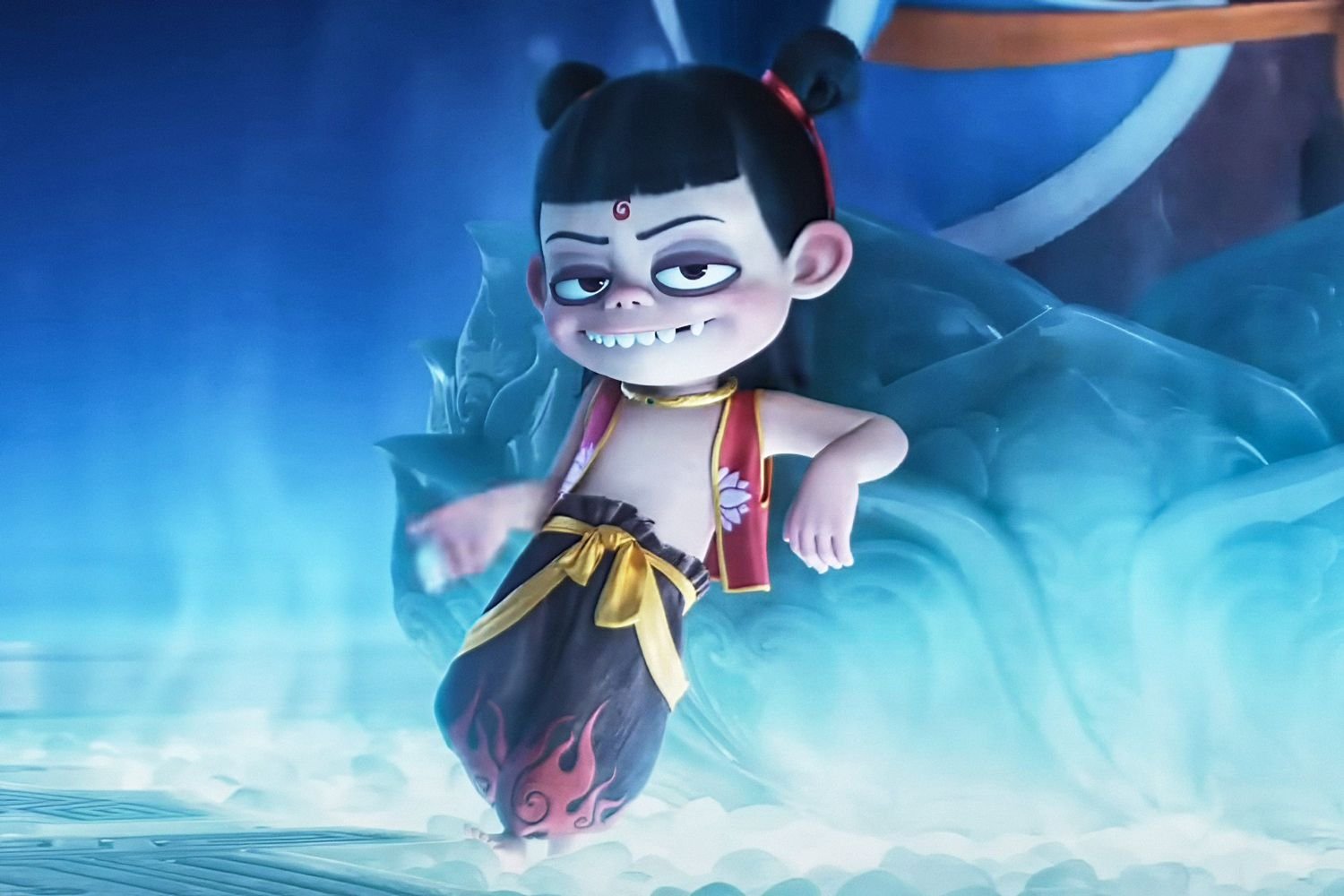
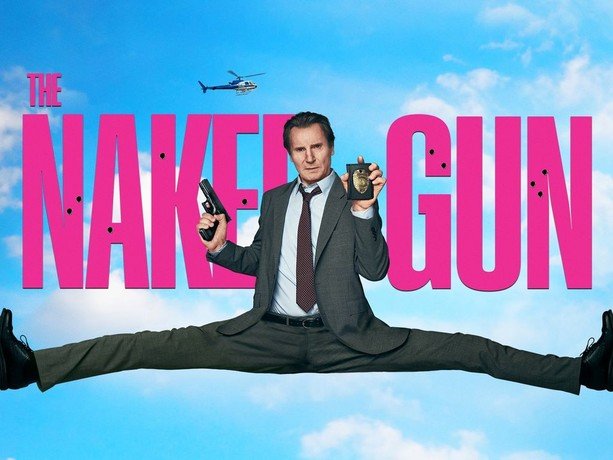
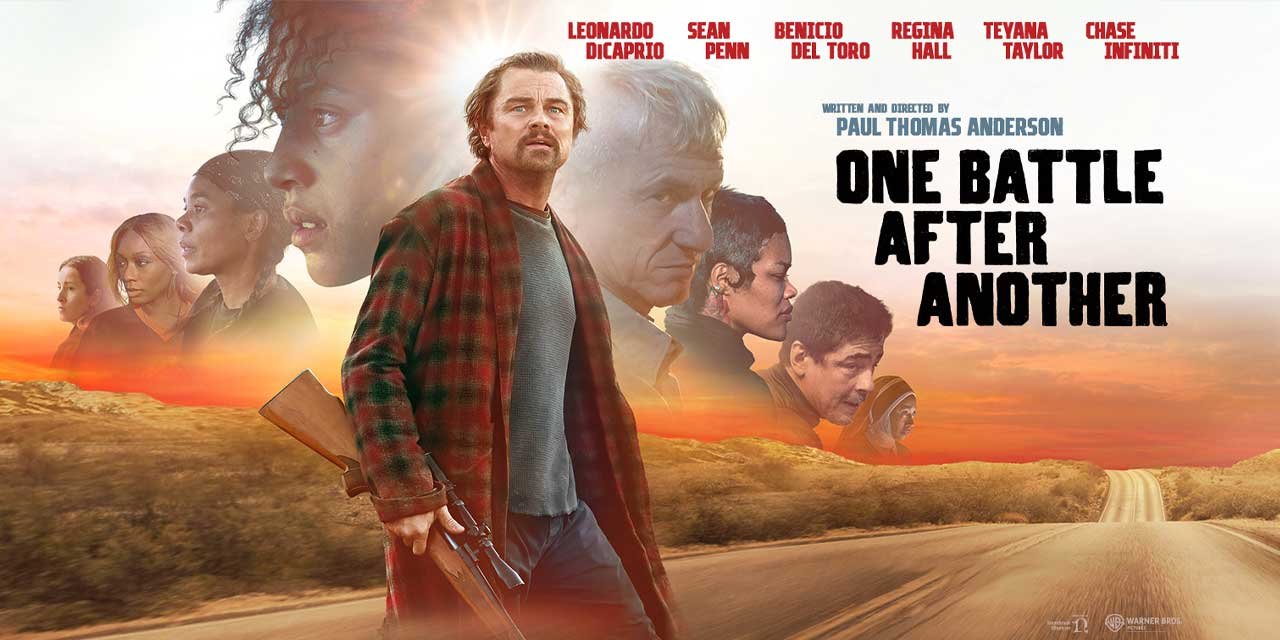






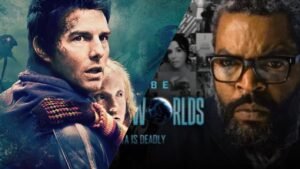

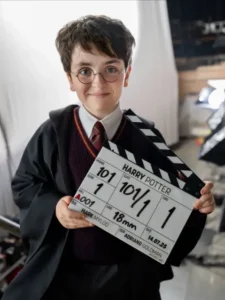

Publicar comentário